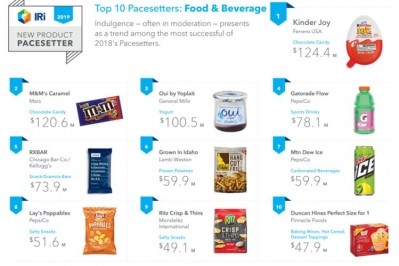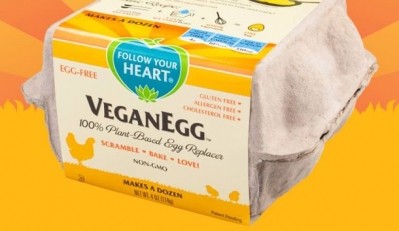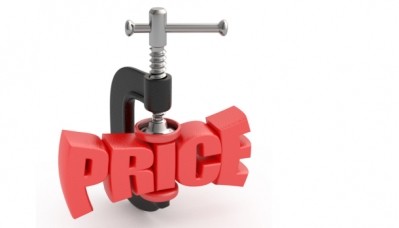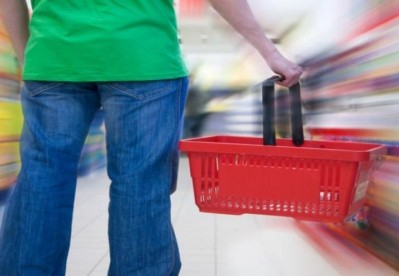0.7% of shoppers drive 80% of volumes of new food & beverage products, reveals Catalina study
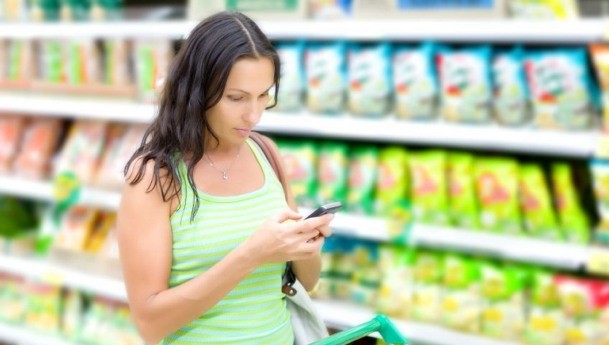
The report – conducted by digital marketing expert Catalina - also reveals that three-quarters (76%) of franchise buyers (eg. people that ALREADY buy the brand in question) do not even try new product/line extensions, and that it typically takes 28 weeks for new products to reach 75% of their peak distribution.
Marketers, meanwhile, are wasting money with mass media campaigns promoting products that haven’t reached stores yet or missing opportunities by waiting to promote new products until distribution has hit critical mass, increasing the likelihood that they will be delisted due to lackluster sales, observes Catalina.
Purchase-based targeting can be a cornerstone of successful new product launches
Now the fact that such a tiny percentage of shoppers is driving the sales of most new products, coupled with pretty lousy retention rates, could just be seen as proof that the products have limited appeal.

However, the real takeaway is that food marketers are missing a huge opportunity to target shoppers that would actually buy – and keep buying - their products, with appropriately timed and targeted advertising and incentives, claimed Marla Thompson, SVP of US Strategy.
“The products we looked at were actually the most successful new products as highlighted by IRI (Pacesetters*). Our study makes it clear that it is critical for brands and retailers to find likely triers and repeat buyers while also engaging the right shoppers over time to sustain repeat purchasing. It also shows that purchase-based targeting can be a cornerstone of successful new product launches.”
Targeting shoppers based on likelihood to buy can result in trial rates five times higher than average
Indeed, engaging shoppers based on predictive modeling of their likelihood to buy can result in trial rates five times higher than the average trial rate, claimed Thompson.
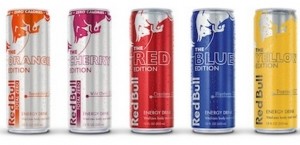
Catalina, she said, can set up campaigns that kick in only when stores have registered their first sales of the new product in question, which narrowly target promotional activity for the product at potential buyers, based on previous purchasing behavior (Catalina has access to a vast database based on transactional data from more than 30,000 stores in the US).
“Targeting the top 2% of shoppers as scored in Catalina’s predictive model typically drives trial rates that are five times higher than the natural trial rate. Targeting the top 10% of shoppers in the model typically results in a trial rate three times the natural rate.”
Retailers and manufacturers must stay engaged with new product buyers beyond the first year
Brand managers that don’t use services like Catalina’s to specifically target likely triers and repeat buyers based on transaction and loyalty card data, “either waste ad and promotional spend on consumers who can’t buy in their store, or they leave new items sitting on shelves without shopper awareness”, she argued.
“At the same time, retailers and manufacturers need to stay engaged with new product buyers beyond the first year of a launch to ensure the ultimate success of new products.”
The study highlights:
- The number of new CPG product launches in the US has declined for two years running, falling by 4.2% in 2013 and another 4.6% in 2014, according to IRI data.
- 0.7% of shoppers are driving 80% of volumes for the nation’s top 50 best-selling new food and beverage products.
- Of the 50 new food and beverage products analyzed, just eight had shopper concentrations of more than 1% driving 80% of volume, and only one had a concentration above 2% (Yoplait Greek blended at 3.22%). Many were under 0.5% including Red Bull editions (0.25%), Hershey’s Spreads (0.38%), Mountain Dew Kickstart (0.37%) and Hormel REV wraps (0.37%).
- On average, it takes 28 weeks for new products to reach 75% of their highest distribution.
- On average 76% of franchise buyers (eg. people that ALREADY buy the brand in question) do not try a new line extension.
* For this study, Catalina analyzed the behavior of 45 million consistent shoppers across 11,000 US stores, which are a subset of Catalina’s total US network. Catalina looked at the 50 top-selling food and beverage products identified in the latest IRI New Product Pacesetter report. A consistent shopper was defined as someone that shops at least 2 times every 8 weeks for seven consecutive eight-week periods.
